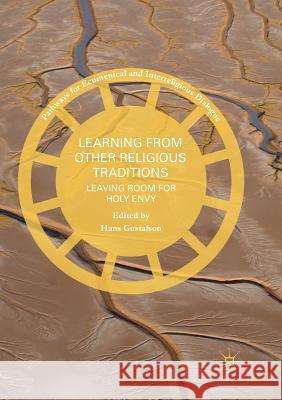Learning from Other Religious Traditions: Leaving Room for Holy Envy » książka
topmenu
Learning from Other Religious Traditions: Leaving Room for Holy Envy
ISBN-13: 9783030094041 / Angielski / Miękka / 2019 / 186 str.
Kategorie:
Kategorie BISAC:
Wydawca:
Palgrave MacMillan
Seria wydawnicza:
Język:
Angielski
ISBN-13:
9783030094041
Rok wydania:
2019
Wydanie:
Softcover Repri
Numer serii:
000793601
Ilość stron:
186
Waga:
0.27 kg
Wymiary:
21.01 x 14.81 x 1.19
Oprawa:
Miękka
Wolumenów:
01
Dodatkowe informacje:
Wydanie ilustrowane











